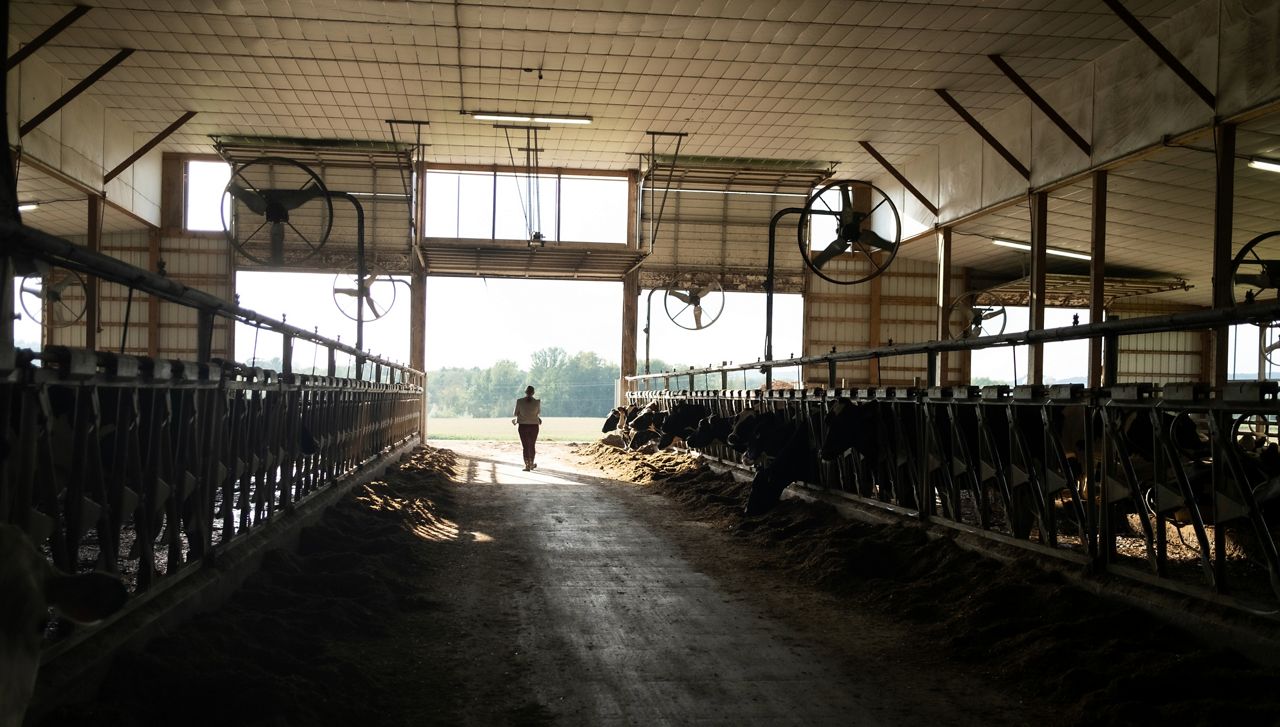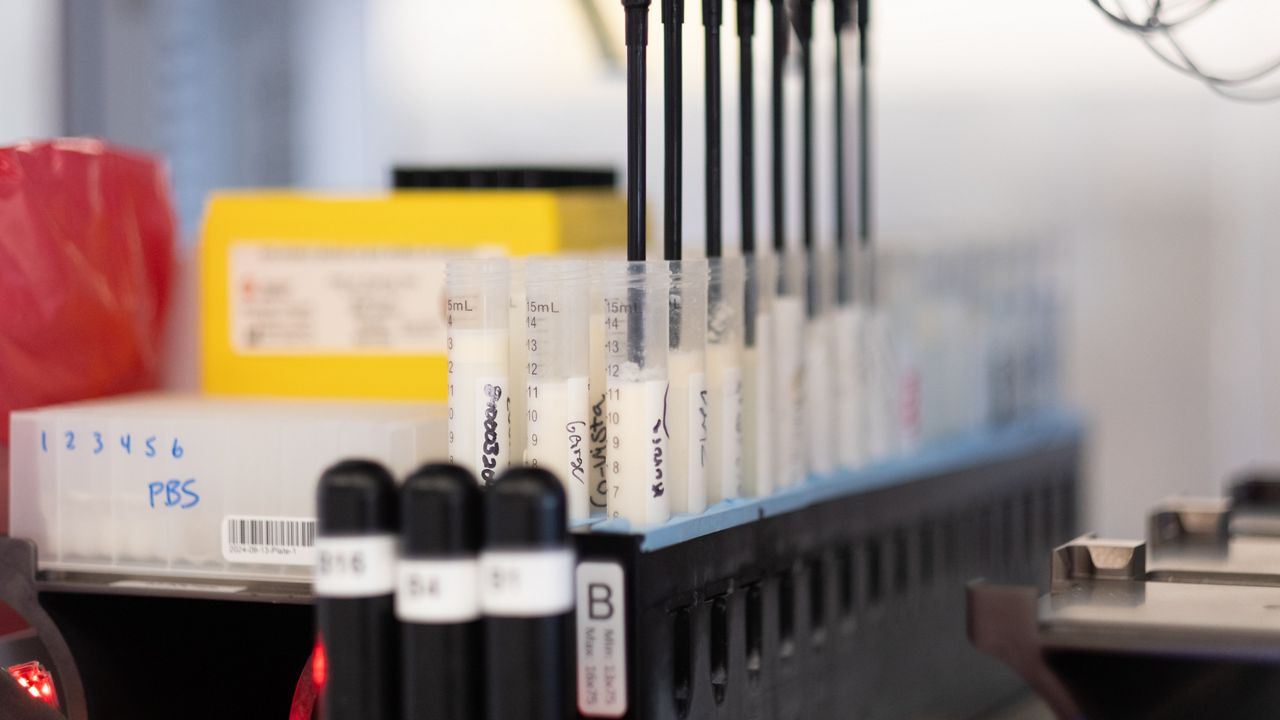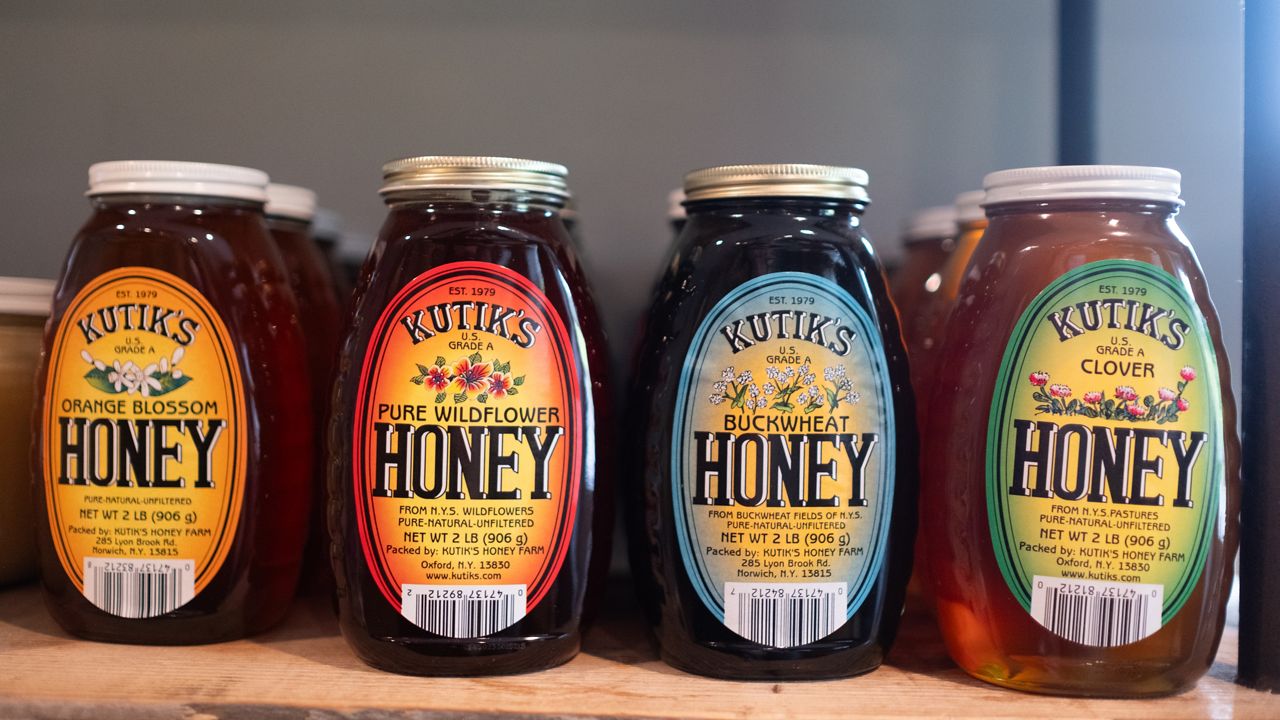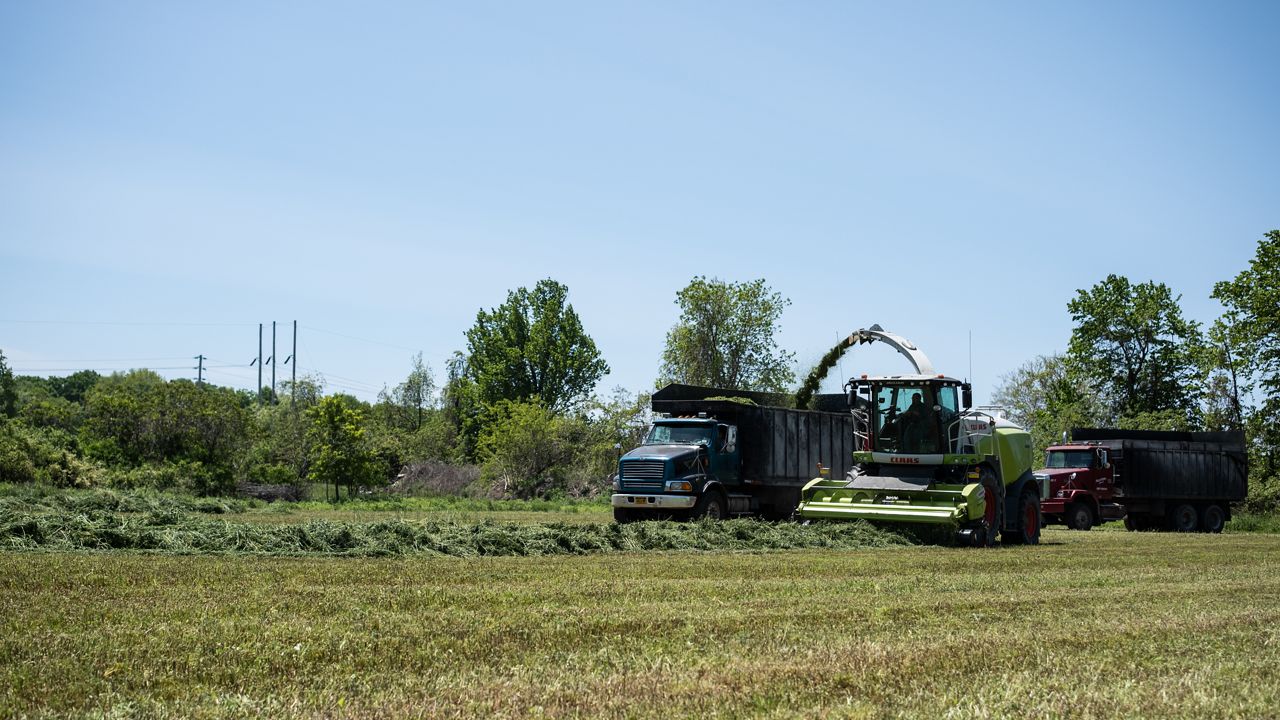Agriculture in upstate New York doesn’t often include bison, but one local farm has been raising a herd of 170 bison in Homer that are finding their way onto restaurant menus.
While there are only 27 bison farms in New York compared to the 12,796 beef farms, according to the 2017 USDA’s Census of Agriculture, its demand is growing. The National Bison Association says that nearly all of its bison meat marketers reported growth last year, with half reporting an increase of more than 10%.
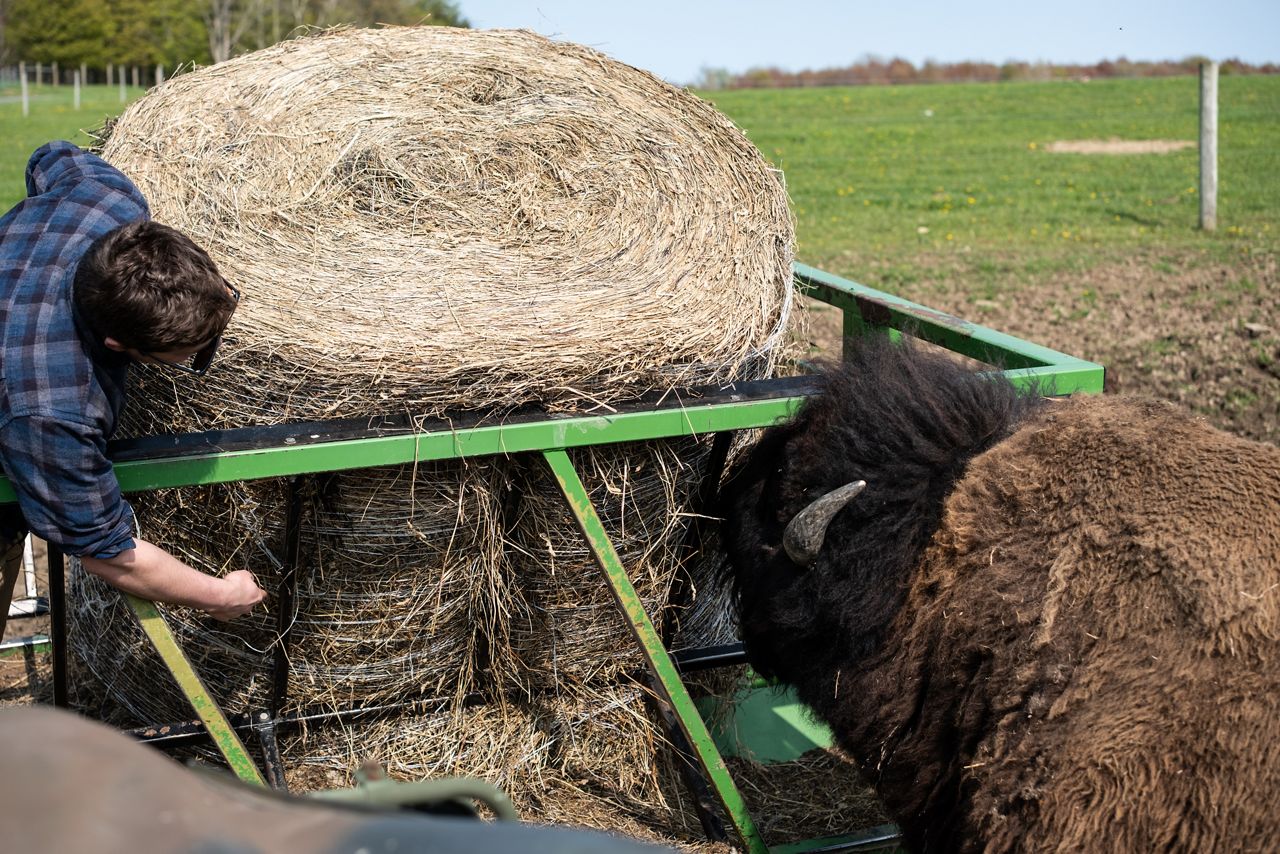
Skaneateles Buffalo was started in 2014 by Ellen and Tony Rusyniak when they purchased 30 cows from the Onondaga Nation and three bulls from Saranac Lake.
“We liked the idea of natural grass-fed animals, and we liked the idea that they could be free range,” Ellen Rusyniak said. “They are minimal intervention, and they’re kind of unique animals.”
Working with bison can be dangerous because of their size and their lack of trust with humans, said Spencer Rusyniak, Ellen and Tony’s 19-year-old son who helps care for the bison.
“They’re very dispassionate, and I don’t trust them at all,” he said. “People have this idea of prey animals being peaceful and gentle creatures, but with bison, that could not be farther from the truth.”
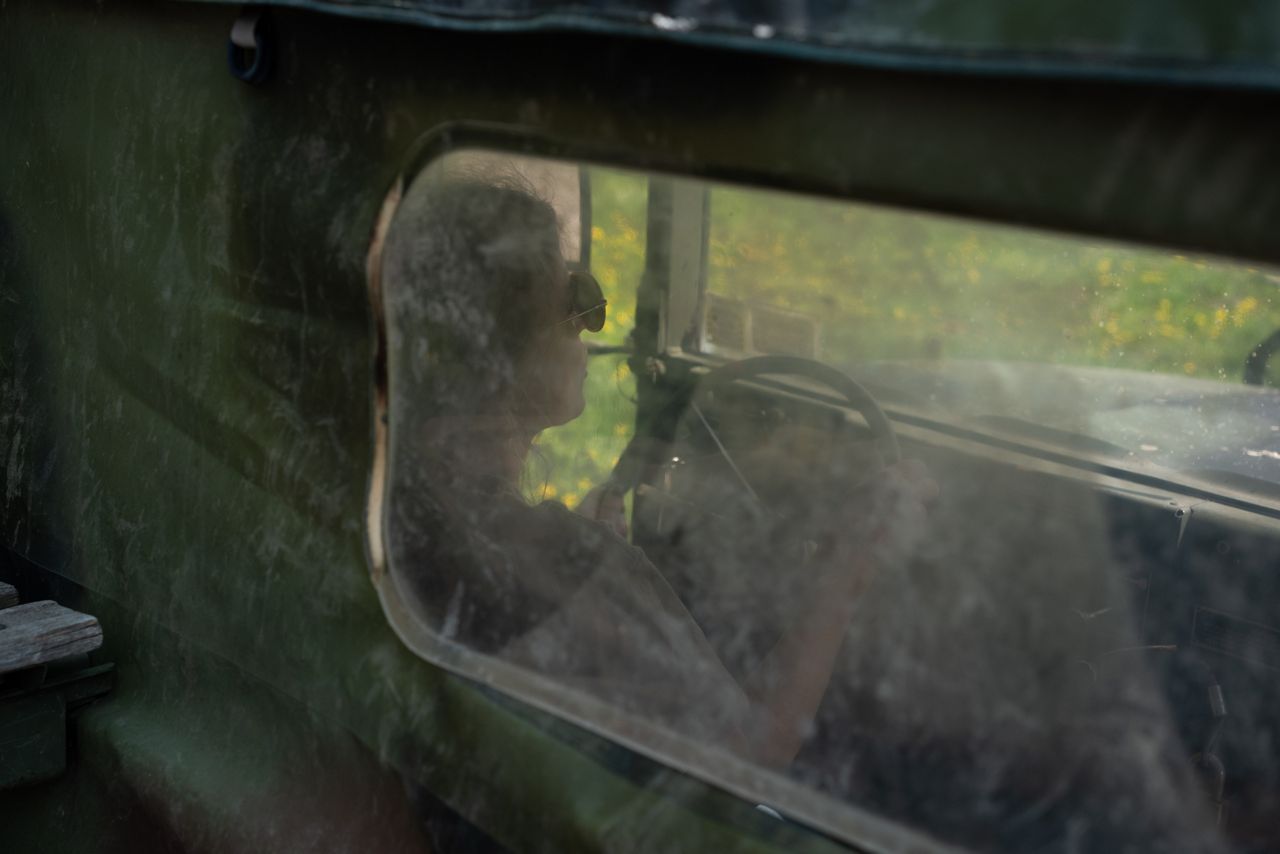
For safety, the Rusyniaks don’t interact closely with the grass-fed bison without the protection of a truck or tractor in between them. They don’t go into their enclosures on foot, and the fences are much higher than typical fencing for cattle.
The process for butchering bison is quite different from cattle, Spencer Rusyniak said. Rather than loading the animal onto a truck alive and killing them at the facility, the bison are shot and killed on the farm, then taken to be butchered.
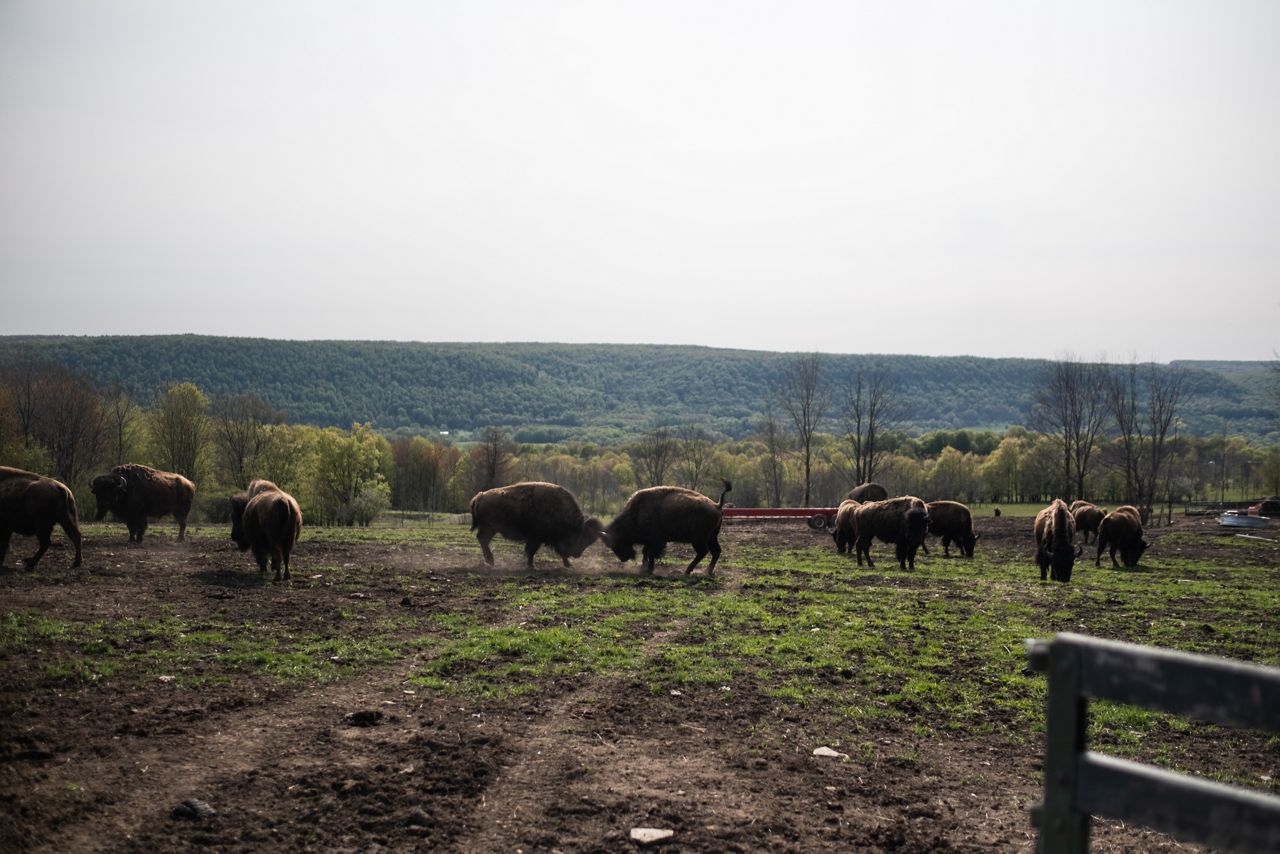
“We really don’t know how it works, but they seem to understand when we’re going to take one and they will select which one is going to be taken. It’s always a bull,” Spencer Rusyniak said. “What they’ll do is position themselves in the best position for us to take the shot.”
The bison are certified by a veterinarian and then again at a USDA-approved facility before they begin processing the meat for consumption.
Gary Murphy, a chef at Turning Stone, which serves a bison burger at two of their restaurants, said bison is a very low-fat and high-protein meat.
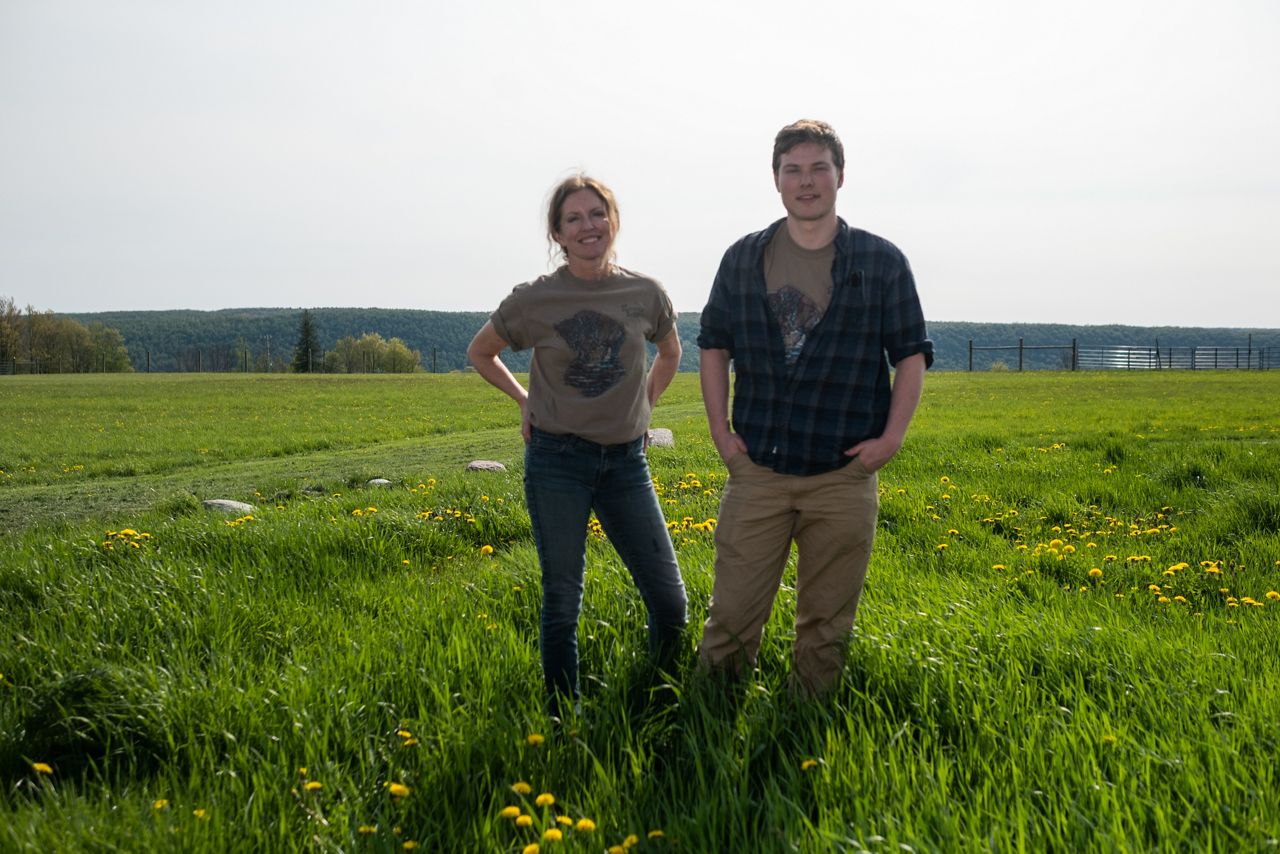
“If you’re health conscious, I definitely recommend eating bison. It does have some challenges when it comes to cooking the product; because it is so lean, so it needs to be seared on a really hot grill,” Murphy said.
His advice is to first let the meat get to room temperature and then season it thoroughly.
“I think the best thing about bison is that it’s sort of a blank canvas, so you could totally do any kind of seasoning,” Murphy said.
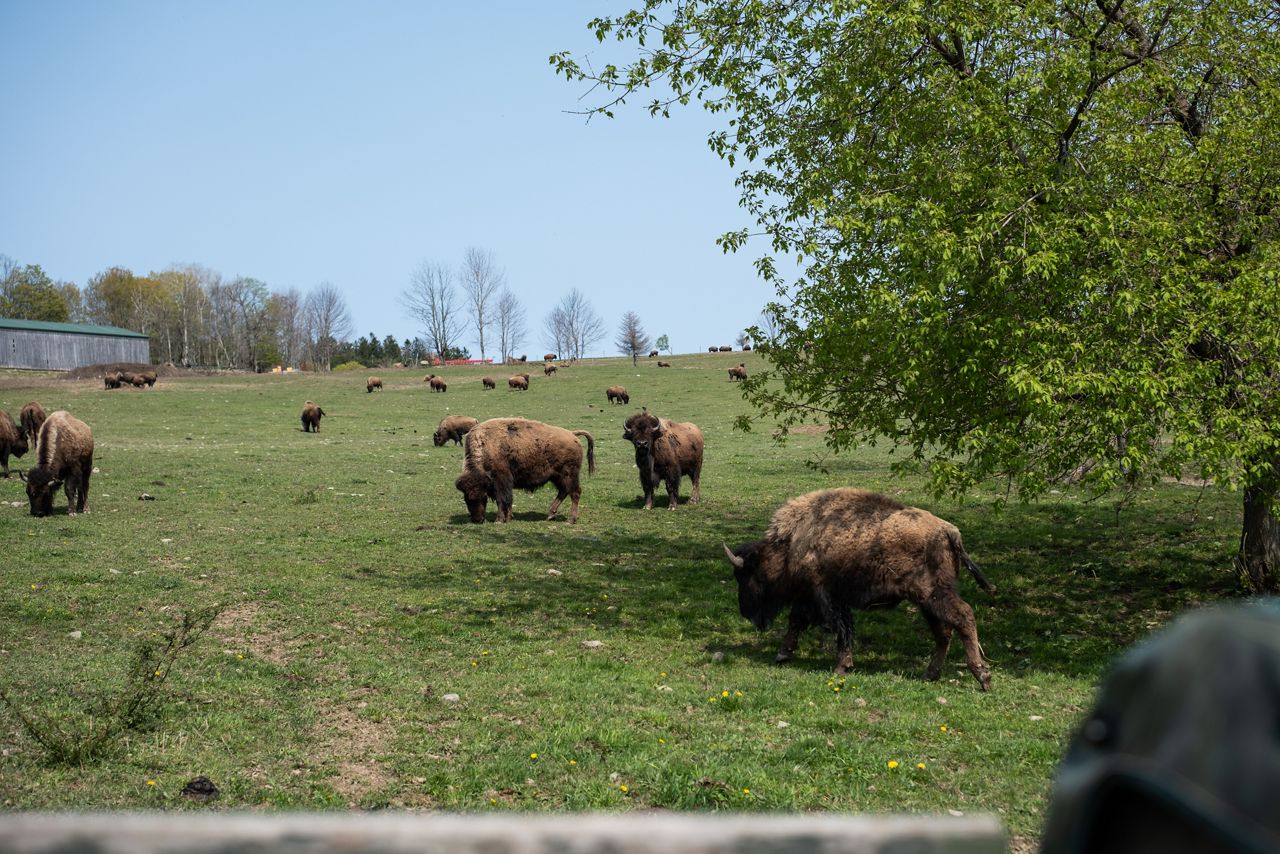
The flavor is slightly different than beef, he said.
“It has a sweeter taste to it than beef; there is no gaminess by any means,” Murphy said.
Mary Kiernan, a chef and food science professor at Syracuse University, said healthy fats like olive or coconut oil can be added to help with the cooking process.
“You want to think about what fat would suit the flavor profile based on what spices are going in,” Kiernan said.
Similarly to beef, there is a rare to well-done scale for bison.
“I would say no more than medium rare. That is absolutely perfect for how the meat should come out,” Kiernan said.
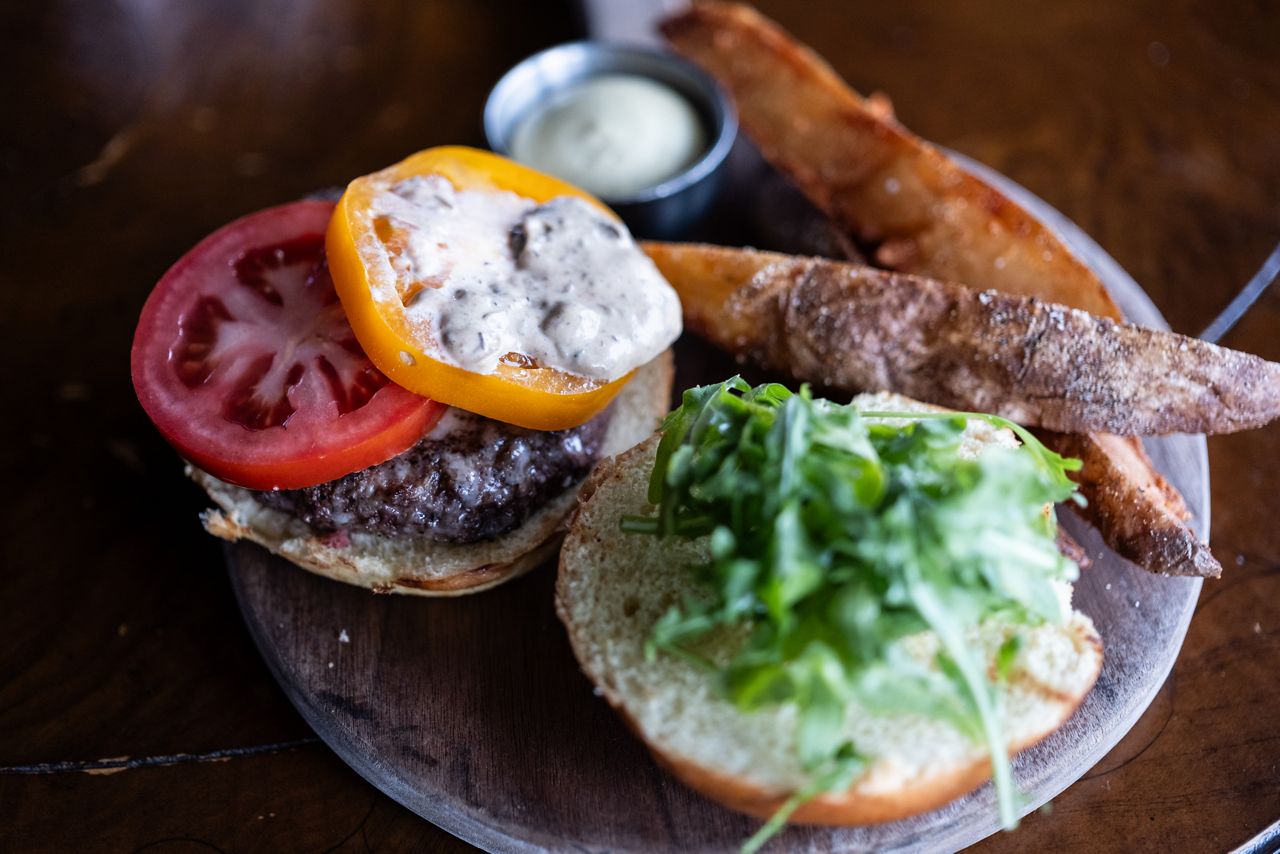





?wid=320&hei=180&$wide-bg$)
